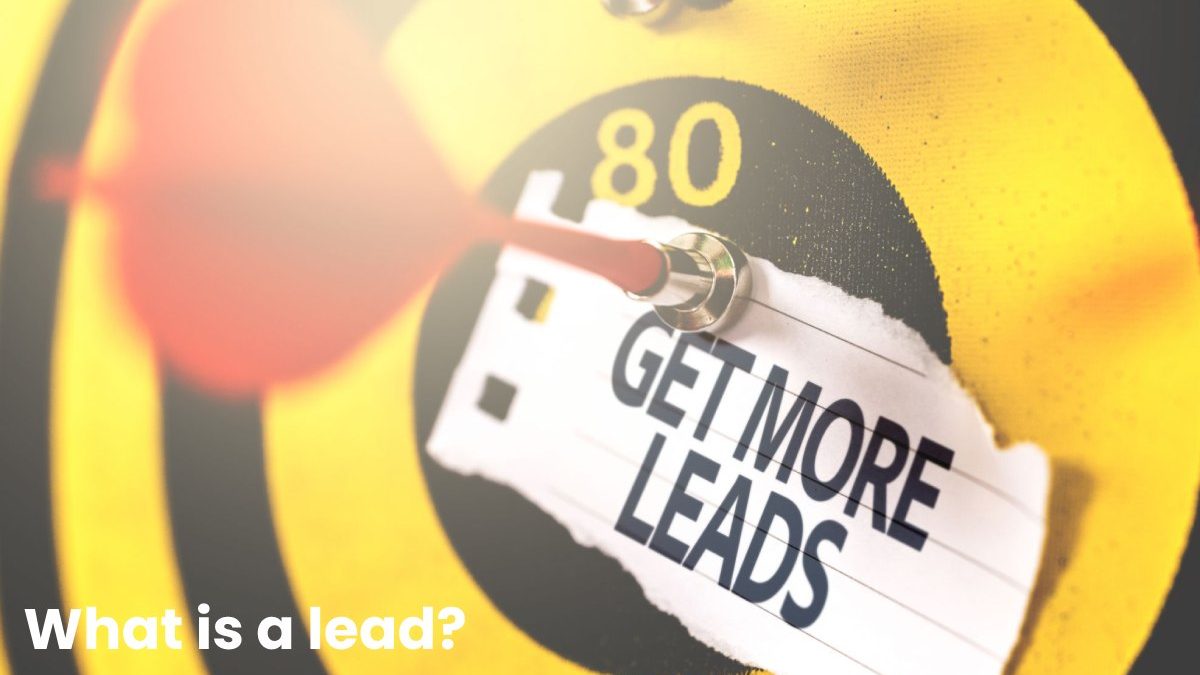A lead is a potential customer who has shown interest in a product or service by engaging with a brand’s content or marketing materials. Learn how leads are generated, qualified, and categorized into different stages of the sales funnel.
Table of Contents
What Is a Lead?
A lead is a potential customer who demonstrates interest in a company’s products or services, usually by engaging with content, filling out a form, or responding to a campaign. Leads are crucial in marketing and sales because they represent opportunities that can develop into paying customers.
How Are Leads Generated?
Lead generation involves attracting and capturing interest through various marketing channels:
-
Inbound marketing: Creating valuable blogs, guides, e-books, or webinars to attract an audience.
-
SEO (organic search): Optimized content that ranks in search results and draws users organically.
-
Pay-per-click (PPC) advertising: Paid campaigns targeting searches or demographics.
-
Social media marketing: Sharing content, promotions, or interactive posts on platforms where the audience is active.
-
Landing pages: Offering exclusive content, discounts, or tools in exchange for contact information.
Example:
-
A SaaS company might offer a free trial in exchange for email sign-up.
-
An e-commerce brand may provide a discount code to new visitors who subscribe to their newsletter.
Types of Leads
1. Information-Qualified Leads (IQL)
-
These are in the awareness stage, looking for general information.
-
They are not ready to decide but want to learn more.
-
Example: Someone downloading an e-book titled “How to Improve Remote Team Productivity” from a SaaS company’s blog.
2. Marketing-Qualified Leads (MQL)
-
Have shown deeper interest by engaging with multiple touchpoints.
-
They are evaluating solutions but not purchase-ready.
-
Example: Someone who has attended a webinar and compared product features but hasn’t requested a demo yet.
3. Sales-Qualified Leads (SQL)
-
Ready to buy and want to engage with Sales.
-
Example: A lead who fills out a “Request a Quote” form on a consulting firm’s website.
Cold Leads vs. Hot Leads
-
Cold leads: Just starting their research, not ready to purchase.
-
Example: A visitor who downloaded a free checklist but never engaged afterward.
-
-
Hot leads: Highly interested prospects ready to convert.
-
Example: A user who has added products to their cart and signed up for financing or demo details.
-
How to Qualify a Lead
Lead qualification ensures sales teams focus on the right prospects.
-
Lead scoring: Assigns points for actions like opening emails, visiting pricing pages, or requesting a demo.
-
Lead nurturing: Builds trust through personalized communication (emails, follow-ups, targeted content).
Real-World Application:
-
A B2B SaaS company might score higher points for a CTO booking a demo compared to an intern downloading an article.
-
An online fashion store may nurture abandoned cart leads with reminder emails or special promotions.
Conclusion
A lead is anyone who shows genuine interest in a company’s products or services. While not every lead is ready to buy immediately, businesses classify and nurture them based on where they stand in the sales funnel. With proper qualification—through strategies like lead scoring and personalized nurturing—leads can become loyal, long-term customers.


